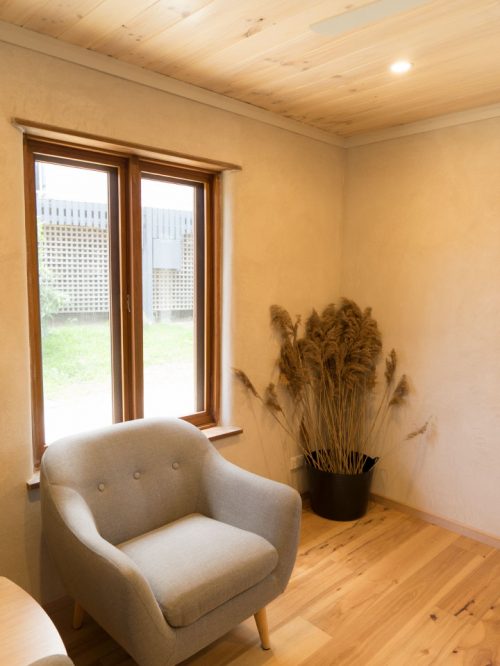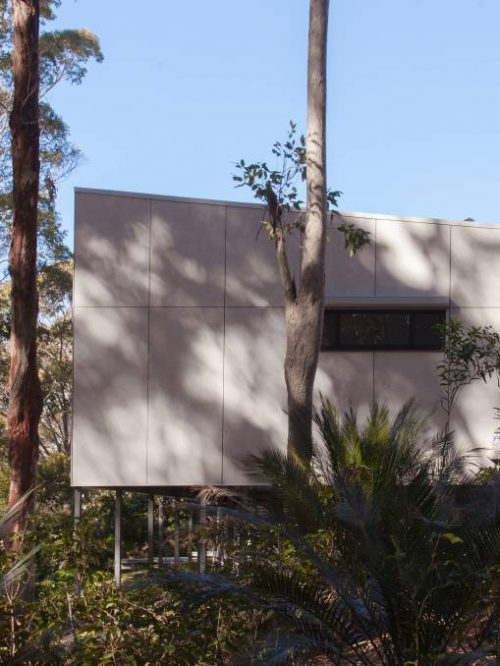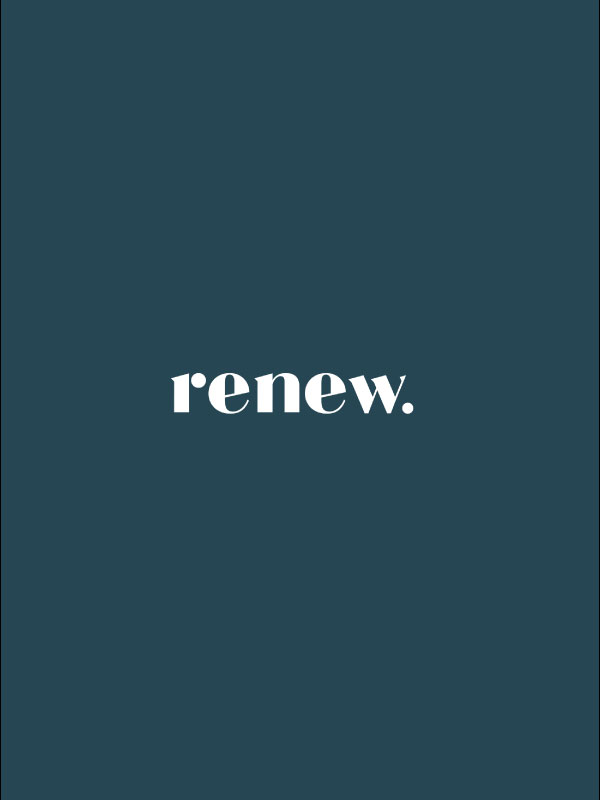There are common problems that can confront property owners who want to rebuild their homes as quickly as possible. These can include the time taken to plan and build a new home— something that’s fine when you have a home to live in, but can become very onerous very quickly when you’re trying to rebuild—and whether some rapid rebuild options stack up as a bushfire- and climate-resilient housing option.
Insurance commonly covers 12 months rental accommodation after a home is destroyed in a bushfire, so time is ticking to get a house planned and constructed in that time. A one-year turnaround after something as devastating as a bushfire is unrealistic for most people—a rebuilding webinar by community group Bushfire Resilience discussed how three years to rebuild is a more likely timeframe.
However, it doesn’t have to be that way. In the Bega Valley and East Gippsland, for example, some residents are using a modular housing system to get a new home up faster.
Atomic 6’s modular, off-grid homes come with full solar and battery storage with solar panels incorporated into the roof and walls. The houses also feature automated, heat activated sprinkler systems and automatic closing stainless steel windows with no combustible external parts. The houses are constructed from a basalt composite material, to which a layer of magnesium oxide panel is bonded, providing a thermal, fire-proof barrier. A green roof is optional, and all construction waste is recycled and reused where possible. The homes are fully sealed for thermal efficiency with internal and external walls, ceilings and floors filled with closed cell polyurethane and R4.2 insulation in the walls. The homes are expected to achieve around an 8-Star home energy rating, depending on orientation, climate zone and size.
Modular construction helps alleviate significant bushfire rebuilding issues around getting resources and labour to vast, remote areas. (There’s extensive information about the benefits of modular and prefab housing in Renew 153’s Prefab Buyers Guide.) The house components are created on a robotic production line and are quick to assemble on-site, and the Melbourne-based business has rapidly set up a second factory on the NSW South Coast to meet the local demand.
The system can be architecturally designed into a home that suits a site’s orientation and bushfire resistance/BAL rating requirements. The soil was turned on the first building site in November 2020 – ten months after the bushfire.










